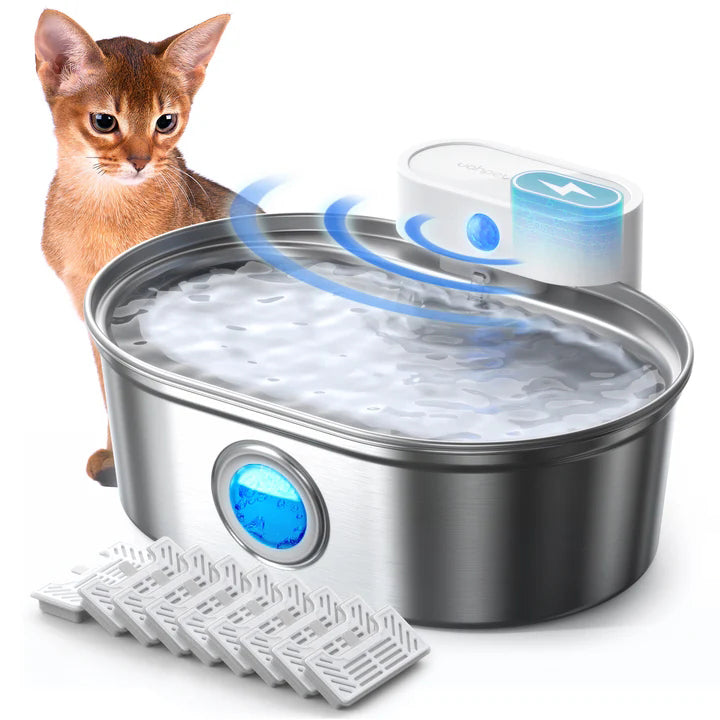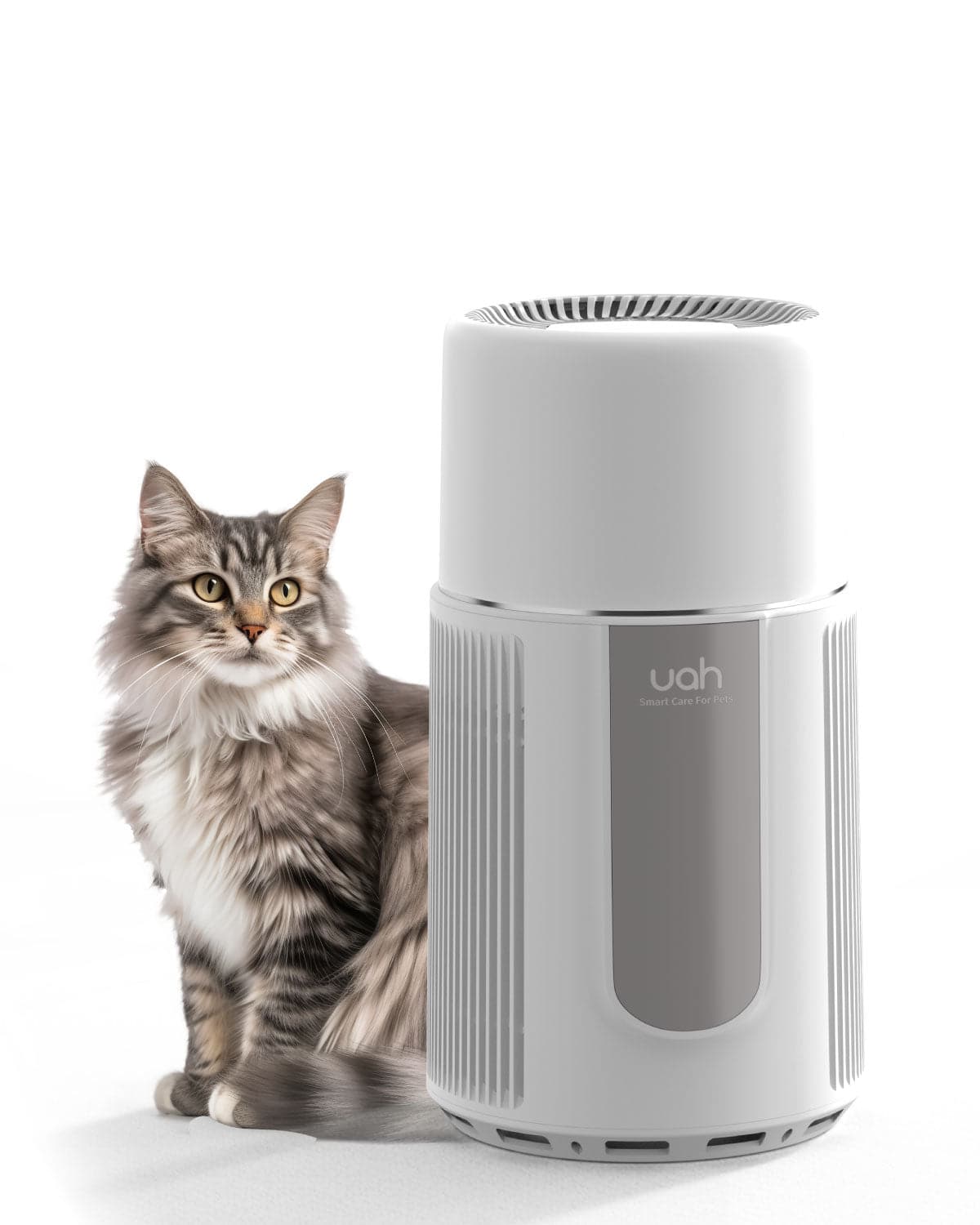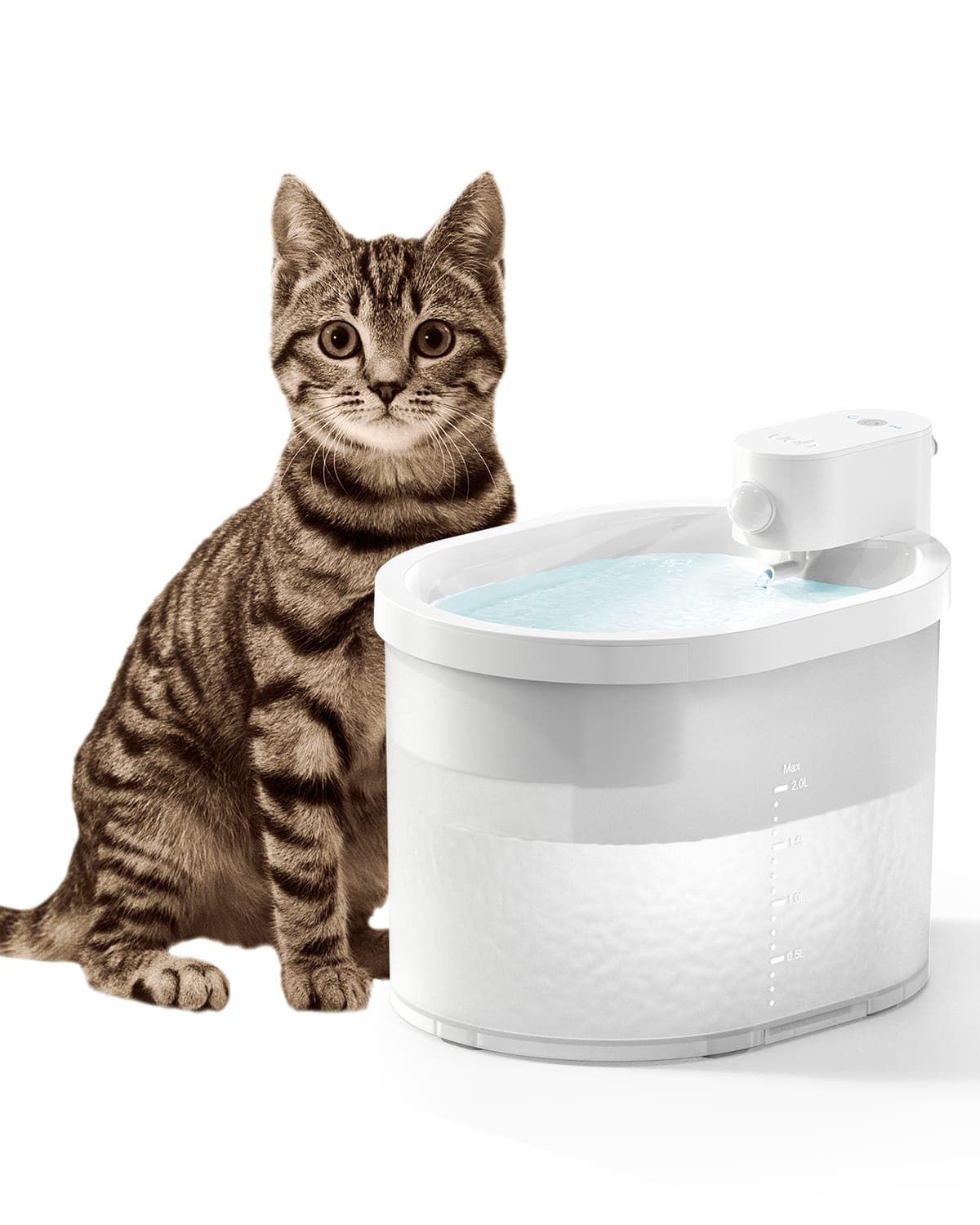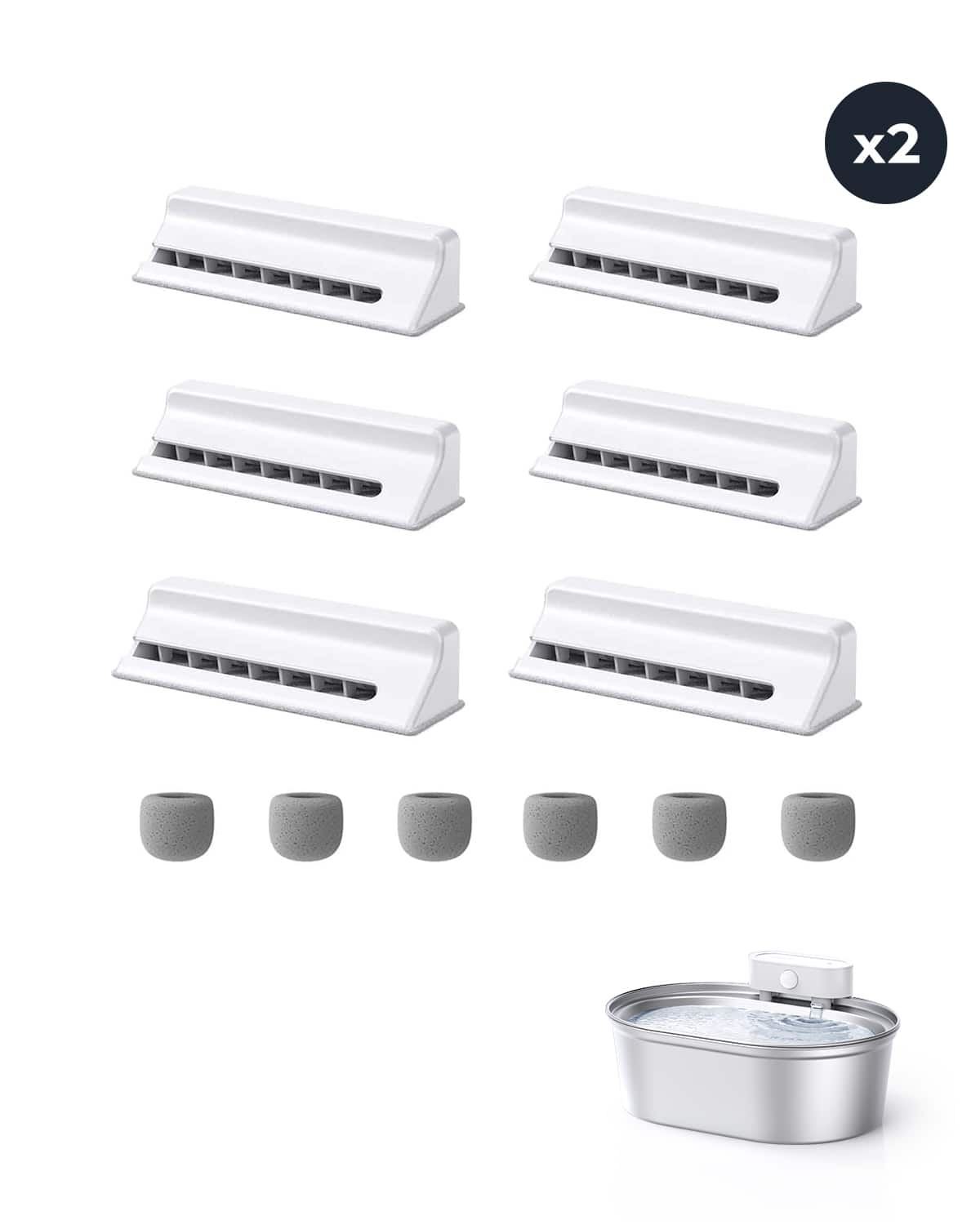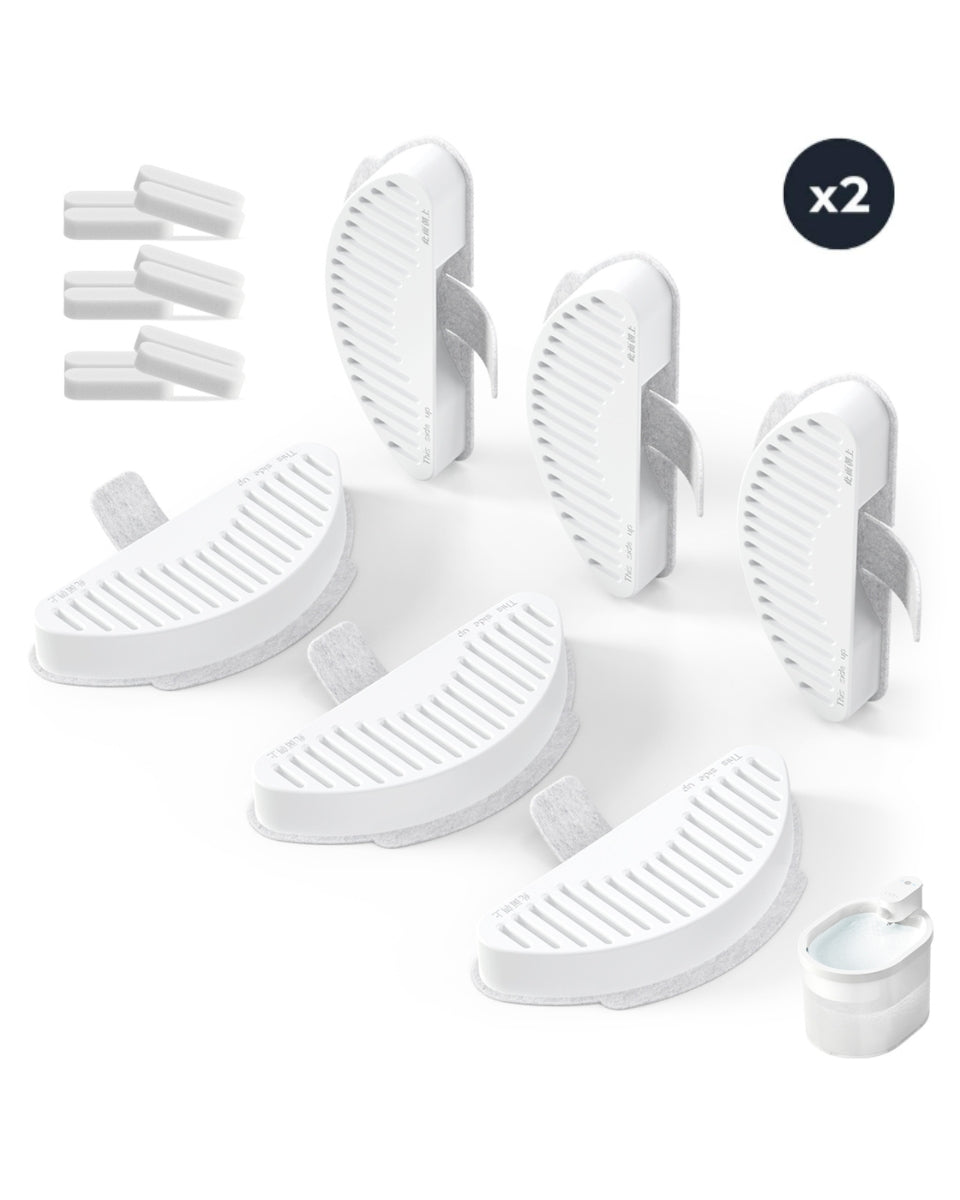For pet owners, managing pet hair can be a never-ending battle. From furniture to clothing, pet hair seems to find its way into every corner of the home. But what about the air? Can air purifiers help collect pet hair and improve indoor air quality? This article dives into the science behind air purifiers and their ability to tackle pet hair, offering insights for pet owners looking to breathe easier.
How Air Purifiers Work
Air purifiers are designed to remove contaminants from the air, including dust, allergens, and pollutants. They typically use filters, such as HEPA filters, to trap particles as air passes through the device. Some models also incorporate additional technologies like activated carbon filters or ionizers to address odors and smaller particles. Understanding how these systems function is key to determining their effectiveness against pet hair.
The Challenge of Pet Hair
Pet hair is a unique challenge for air purifiers. Unlike dust or allergens, pet hair is larger and heavier, making it less likely to remain airborne for long periods. However, pet hair can still contribute to indoor air pollution, especially when it carries dander, dust, or other allergens. For pet owners, the question is whether air purifiers can effectively capture these particles before they settle on surfaces.
Can Air Purifiers Collect Pet Hair?
While air purifiers are not specifically designed to collect pet hair, they can play a role in reducing its presence in the air. HEPA filters, in particular, are highly effective at trapping particles as small as 0.3 microns, which includes pet dander and smaller hair fragments. However, larger pet hair strands may not be captured as efficiently, as they tend to settle quickly and are less likely to be drawn into the purifier.
Factors That Influence Effectiveness
Several factors can impact an air purifier's ability to collect pet hair. The size of the room, the placement of the device, and the strength of the airflow all play a role. Additionally, the type of filter used is crucial. HEPA filters are generally more effective than other types, but they require regular maintenance to remain efficient. Pet owners should also consider the shedding habits of their pets, as heavy shedders may require more frequent cleaning and filter replacements.
Complementary Strategies for Managing Pet Hair
While air purifiers can help reduce airborne pet hair, they are not a standalone solution. Regular vacuuming, grooming, and cleaning are essential for keeping pet hair under control. Using a vacuum with a HEPA filter can further minimize the amount of hair and dander in the home. Additionally, washing pet bedding and furniture covers can prevent hair from accumulating and becoming airborne.
Benefits of Air Purifiers for Pet Owners
Even if air purifiers do not collect all pet hair, they offer significant benefits for pet owners. By capturing pet dander, dust, and other allergens, they can improve indoor air quality and reduce allergy symptoms. This is especially important for individuals with respiratory conditions or allergies. Air purifiers can also help eliminate pet odors, creating a fresher and more comfortable living environment.
Choosing the Right Air Purifier
When selecting an air purifier for a home with pets, it is important to consider specific features. Look for models with HEPA filters and a high Clean Air Delivery Rate (CADR) to ensure efficient particle removal. Some purifiers also include pre-filters designed to capture larger particles like pet hair, extending the life of the main filter. Reading reviews and comparing specifications can help pet owners find the best option for their needs.
Maintenance Tips for Optimal Performance
To keep an air purifier functioning effectively, regular maintenance is essential. This includes replacing filters as recommended by the manufacturer and cleaning the device to prevent dust and hair buildup. Pet owners should also monitor the air quality in their homes and adjust the purifier's settings as needed. Proper maintenance not only extends the life of the device but also ensures it continues to perform at its best.
Limitations of Air Purifiers
While air purifiers can be a valuable tool for pet owners, they have limitations. They cannot completely eliminate pet hair from the home, and their effectiveness depends on factors like room size and airflow. Additionally, air purifiers do not address pet hair that has already settled on surfaces. For comprehensive hair management, pet owners should combine air purifiers with other cleaning strategies.
Air purifiers may not be a magic solution for pet hair, but they can make a noticeable difference in indoor air quality. By capturing pet dander, allergens, and smaller hair particles, they help create a cleaner and healthier environment for both pets and their owners. For those struggling with pet hair, investing in a high-quality air purifier is a step toward a fresher, more comfortable home.


